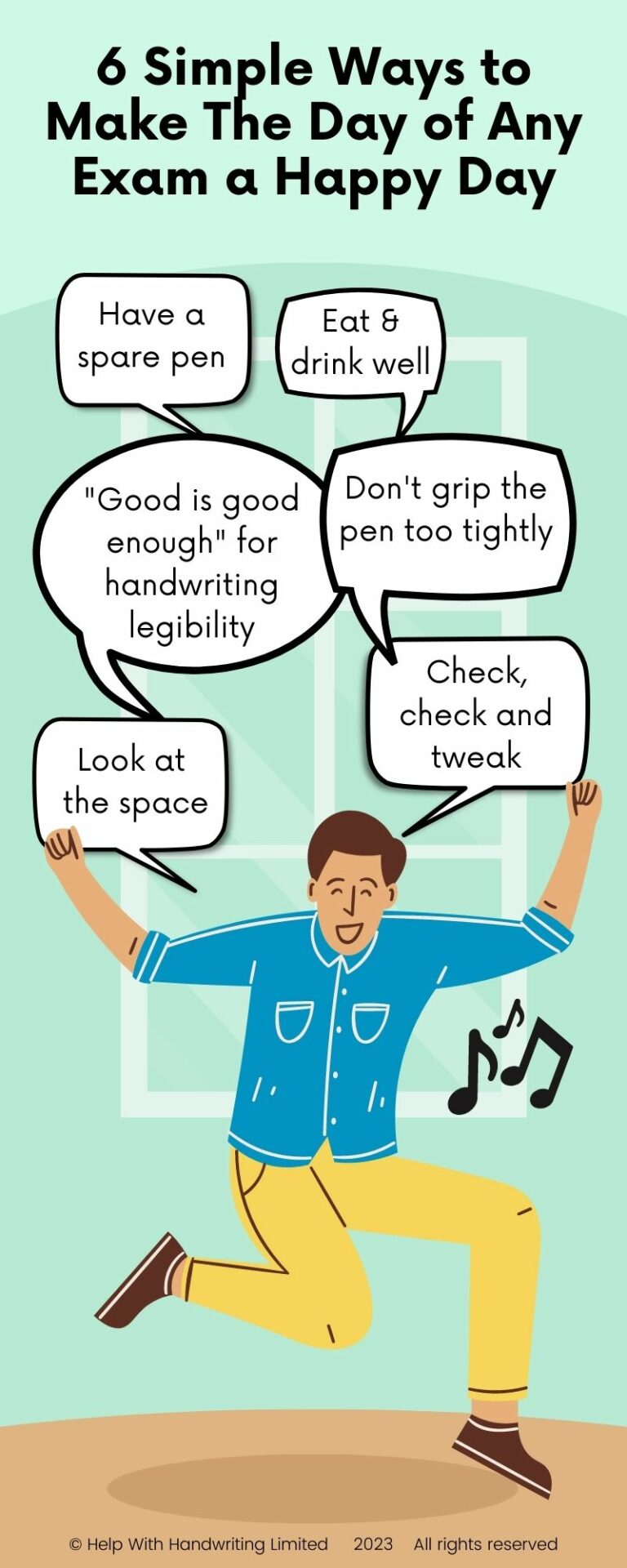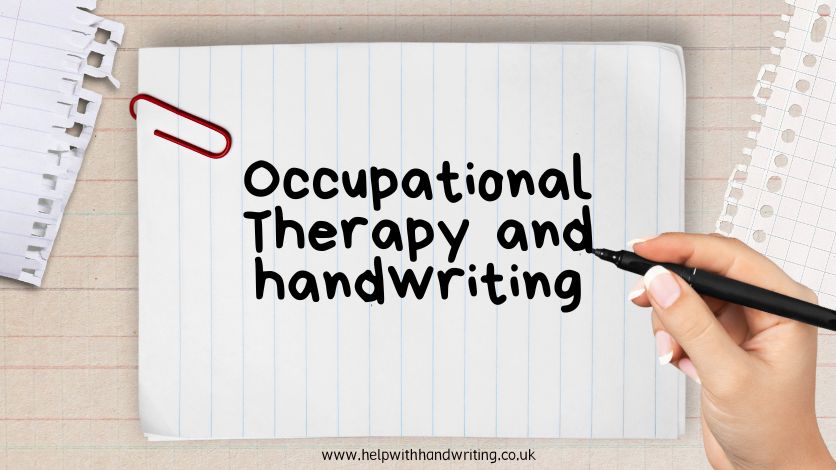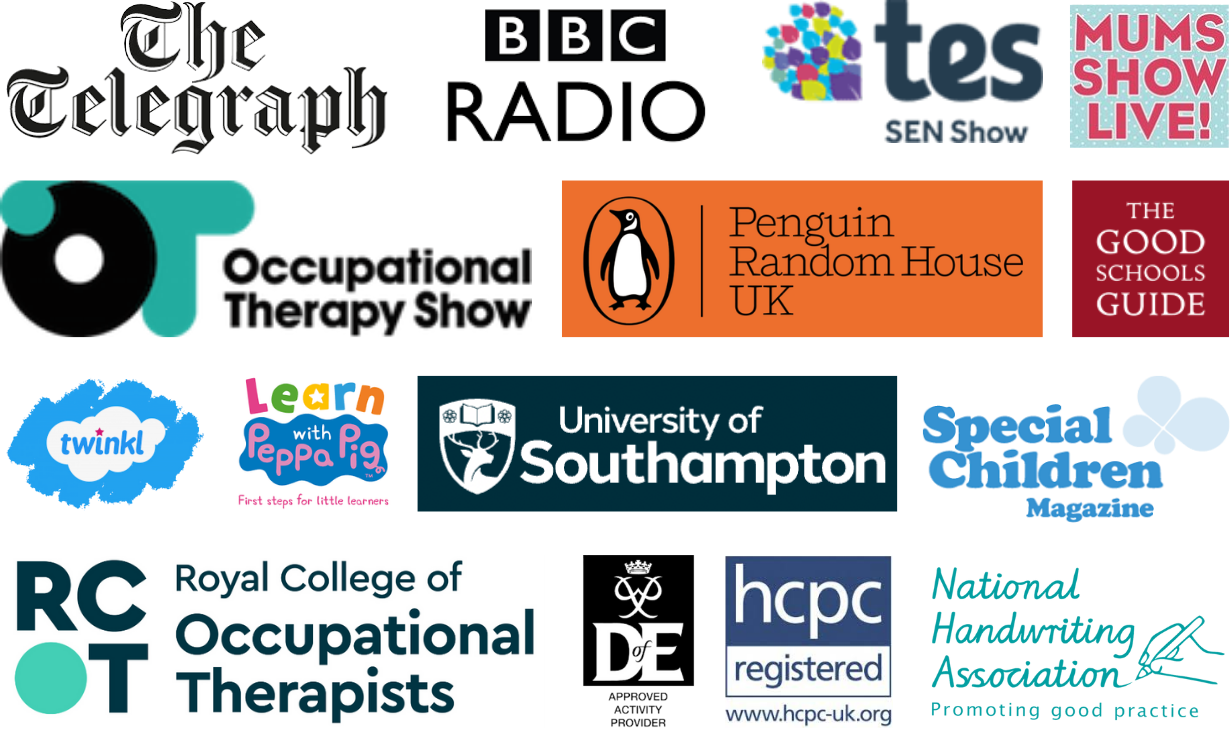Exam day advice - that is actually welcomed!
An exam day or end-of-year test can be daunting both for the child and the parent. Getting the balance right on what to say can be tricky. They know we want the best for them. Yet how we say that advice can sometimes make us feel like we’re walking on a tightrope.
There is a lot of advice out there on what you can do to help your child leading up to their exams. Yes, it is about preparation. Having a revision plan. Helping them to sleep well and encouraging them to believe in themselves. In this blog post, we will cover what you can do on the day of an exam to help. We will go beyond the usual advice of being motivating toward your child. Here you will find advice on what to say to your child if their writing sometimes goes a bit wayward.
What is "wayward" writing?
Wayward writing is obviously a nontechnical term. It is when a child can write clearly without any time pressures. Yet when they sit down to do an exam, they hurry so fast that it becomes messy and difficult to read. This is unintentional. However much we can say to a child to go a little slower to keep it readable. They do not do this. They’re wanting to get everything down that they can remember within the time allowed. Ways to limit this is to practice handwriting. Especially letter formation of keywords months before any exams start.

What advice can we give on exam day?
1. Have a backup pen.
This might sound obvious but it is amazing how we can run out of ink at the most awkward of times. Have you ever tried to write in a pen that feels scratchy or doesn’t flow well? It just doesn’t feel right.
Pen choice is very personal. Some people are able to pick up a pen and write clearly regardless of its shape or the type of ink. Yet for those that find handwriting tricky having a preferred pen is essential. They may have found a pen that is comfortable to hold because of the shape of it. Or, they may have found that writing in a pen with a particular ink helps. Most prefer a liquid ink pen (roller ball) rather than a paste ink pen (biro). As long as it has black ink and is not a gel pen the examiners place no other restrictions on the type of pen.
2. Eat and drink well.
Yes, this might sound obvious. To combat fatigue at times of stress, we need to have fuel in our bodies to be able to think. Protein, fruit and nuts are good sources of fuel. It is also important not to forget about hydration. There is always the fear that if someone was to drink too much, they might need to go to the toilet during an exam. Water helps boost our concentration levels and our short-term memory skills. Meaning it is an essential ingredient for the day of an exam.
3. Relax.
It is not usual to ask someone to write for an hour and a half to 2 hours these days. At times of stress, we can grip too tightly on a pen. This can cause a hand to ache and changes the quality of their writing.
Another difficulty is that we are not sitting comfortably. We develop a modern-day hunchback position. This is when we are leaning forward. The shoulders can be raised and we build up tension between the shoulder blades. This is easier said than done but it is important to stretch and wiggle our fingers during an exam. We need to rotate our shoulder blades to get the blood flowing back into our body so that tension does not build up.
These last three strategies we teach as part of the ‘Make it Readable in 66 days’ handwriting course.
4. Check, check and tweak.
5. Look at the space.
6. Good is good enough.
This might seem a controversial topic to be teaching. There are times when we want the work to be readable rather than beautifully written. Exams and end-of-year tests are those times. As long as the work is readable, then it can be marked. “Best” writing is not needed at these times. The examiners are there to mark your child’s level of knowledge and not how neatly they can write.
Please feel reassured. From experience, we know that exam markers have a tricky time marking exam papers. Yet we also know they are the most experienced in being able to read an exam paper. They always look for the critical points in an answer. They are very adept at trying to decipher handwriting. There are even some exam boards that use the abbreviation BOD. This stands for ‘Benefit of Doubt’ when awarding marks.
Your child has done the hard work to get this far. Exam days are daunting. We are sure that they have the knowledge and the ability to pass. We wish everyone good luck in their exams and their end-of-year tests.
You can find out more about our ‘Make it Readable in 66 days’ handwriting course or our ‘Exam Ready Handwriting’ course here.
More Exam Success Strategies.









